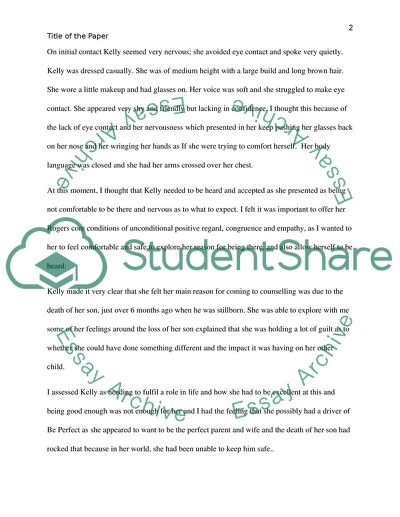Cite this document
(Psychology: A Person-Centred Counselling Case Coursework, n.d.)
Psychology: A Person-Centred Counselling Case Coursework. Retrieved from https://studentshare.org/psychology/1806397-person-centred-counselling
Psychology: A Person-Centred Counselling Case Coursework. Retrieved from https://studentshare.org/psychology/1806397-person-centred-counselling
(Psychology: A Person-Centred Counselling Case Coursework)
Psychology: A Person-Centred Counselling Case Coursework. https://studentshare.org/psychology/1806397-person-centred-counselling.
Psychology: A Person-Centred Counselling Case Coursework. https://studentshare.org/psychology/1806397-person-centred-counselling.
“Psychology: A Person-Centred Counselling Case Coursework”, n.d. https://studentshare.org/psychology/1806397-person-centred-counselling.


